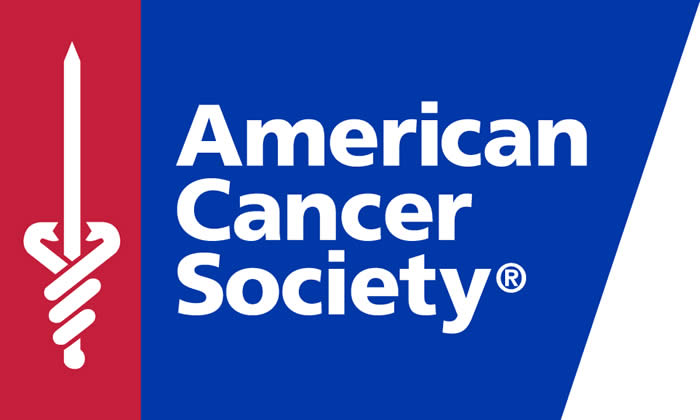Breast Cancer Incidence Rates Converging Among White and African-American Women
Rates increasing among African-Americans; reasons unclear
ATLANTA, October 1, 2013 /3BL Media/ - Breast cancer incidence rates increased slightly among African American women from 2006 to 2010, bringing those rates closer to the historically higher rates among white women, according to a new analysis by American Cancer Society researchers. The explanation behind the rise is unclear.
The finding is published in Breast Cancer Statistics, 2013 published in CA: A Cancer Journal for Clinicians, a peer-reviewed journal of the American Cancer Society. The report and its consumer version, Breast Cancer Facts & Figures 2013-2014, are published biennially and provide detailed analyses of breast cancer incidence, mortality, and survival trends, as well as information on early detection, treatment, and factors that influence risk and survival.
An estimated 232,340 new cases of invasive breast cancer and 39,620 breast cancer deaths are expected to occur among U.S. women in 2013. About eight in ten breast cases and nearly nine in ten breast cancer deaths will occur among women aged 50 years and older.
Incidence rates
In the latest time period (2006-2010), incidence rates increased for estrogen receptor-positive (ER+) breast cancers in the youngest white women, Hispanic women in their 60s, and all but the oldest African American women. In contrast, estrogen receptor-negative (ER-) breast cancers declined among most age and racial/ethnic groups. In every age group, white women have the highest rates of ER+ breast cancer and African American women have the highest rates of ER- breast cancer. These differences may reflect racial variations in the prevalence of risk factors that differ by ER status. For example, reproductive history and obesity appear to be more strongly associated with ER+ breast cancer, whereas lower socioeconomic status is associated with an increased risk of ER- breast cancer.
Historically, white women have had the highest breast cancer incidence rates among women aged 40 years and older. However, incidence rates are now converging among white and African American women, particularly among women aged 50 years to 59 years.
While the oft-quoted statistic is true that a woman living in the United States has a 1-in-8 lifetime risk of being diagnosed with breast cancer compared to a 1-in-11 risk in the 1970s, some of that increase is due to increased detection as a result of widespread mammography screening and because women now have a longer life expectancy. Lifetime risk reflects the average probability of being diagnosed with breast cancer from birth to death.

